The ceiling of the Sistine Chapel is one of the most impressive works of art of all time.
In the Sistine Chapel worked some of the great artists of the Renaissance, but the frescoes of Michelangelo Buonarroti are undoubtedly the most famous.
This post contains an explanatory video.
The work, commissioned by Pope Julius II, was carried out between 1508 and 1512.
A record time if we consider its extension, the complexity of the pictorial program and the technique used. The technique of “fresco” painting requires enormous skill and ability in organizing the artist’s work.
Michelangelo’s paintings reveal his genius and technical skills.
His well-known preference for sculpture is also evident.
Powerful human figures with defined anatomical details are the evidence of this.
Learn how to analyze works of painting and sculpture in the online course ANALYSING ART.
What do the ceiling paintings of the Sistine Chapel represent?
The most well known and repeatedly replicated panel is the one that represents the Creation of Adam.

This is only one of the 9 central panels that represent scenes from the Book of Genesis and are organized as follows.

Looking at these 9 center panels, from left to right.
The first 3 represent Noah.
- The Drunkenness of Noah ( Génesis 9,20-27).
- The Flood (Génesis 6,5-8,20)
- The Sacrifice of Noah (Génesis 8,15-20)
The 3 in the center represent the creation and perdition of Adam and Eve.
- Original Sin and Banishment from the Garden of Eden (Génesis 3,1-13)
- Creation of Eve (Génesis 2,18-25)
- Creation of Adam (Génesis 1,26-27)
The 3 panels on the right side represent Creation.
- Separation of Land from Sea ( Génesis 1,9-10)
- Creation of the sun, moon and planets (Génesis 1,11-19)
- Separation of Light from Darkness ( Génesis 1,1-5)
See how Michelangelo painted this scenes on the Sistine Chapel Ceiling.
The Sistine Chapel ceiling is arguably one of the most impressive works of art that are part of this space.
More than the architectural structure itself, it became an exponent of pictorial art, as we will see below.
Online courses about art history
The Sistine Chapel
The Sistine Chapel is part of the artistic monumental wealth of the Vatican.
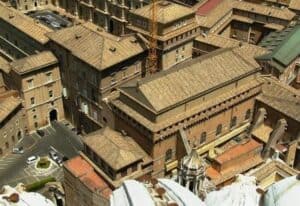
More important than the architecture, the chapel is one of the exponents of the history of painting, which transformed the severe and almost bare structure into a precious pinacoteca of Italian Renaissance painting between the 15th and 16th centuries.
However, the Sistine Chapel’s celebrity is not only due to the masterpieces it houses, but also to the fact that the conclave to elect the Supreme Pontiff of the Roman Catholic Church is held here.
It was built by order of Pope Sixtus IV (origin of the name), in 1473, by the architect Giovanni de’ Dolci.
The project was intended to be closed and inaccessible from the outside, almost fortified, and was dedicated to Our Lady of the Assumption.
When in 1503 Pope Julius II, nephew of Sixtus IV, was elected, he was determined to restore the Vatican to its past splendor, using art to achieve fame and a place in history.
Although its exterior structure is extremely simple, and its interior has only an altar and a transept, it is the pictorial decoration that enriches and enhances it.
The side walls are decorated with primitive compositions by various painters, and the ceiling and altar wall are the support of Michelangelo’s masterpieces.
Michelangelo, who considered himself essentially a sculptor, ended up accepting the project after much reluctance, suggesting another theme and began painting the 800 square metres in 1508.
The titanic task involved the great difficulty of covering an enormous curved surface, which had to resort to optical effects so that the images didn’t look deformed from below, without losing interest.
As well as designing scaffolding for the fresco, it was a long and solitary job for a sculptor who barely knew the technique.
The painter suffered terribly during its execution and complained bitterly in letters to his brother. However, he finished his task and on 31 October 1512, the work was completed and the following day the chapel was opened to the public and inaugurated with a solemn mass.


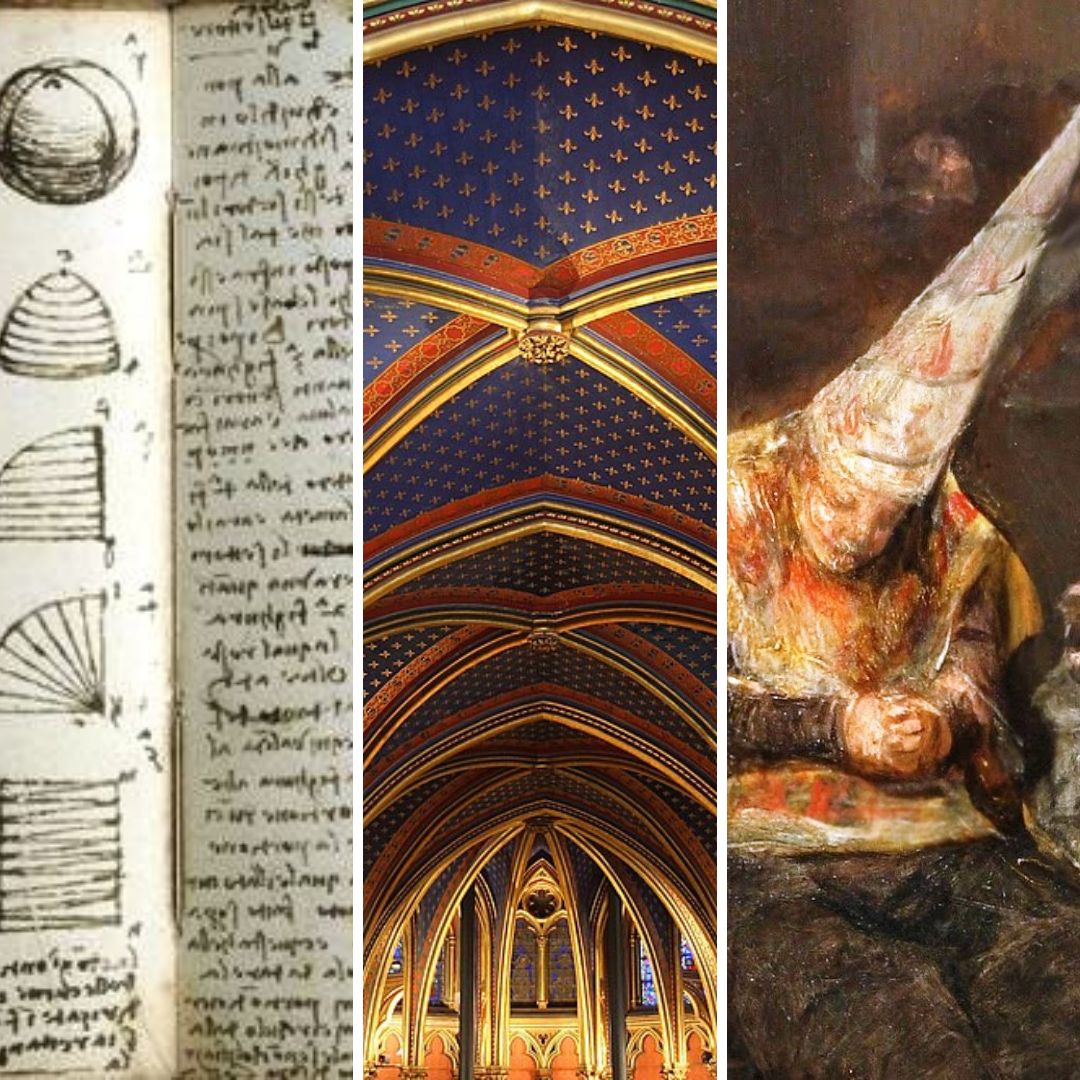
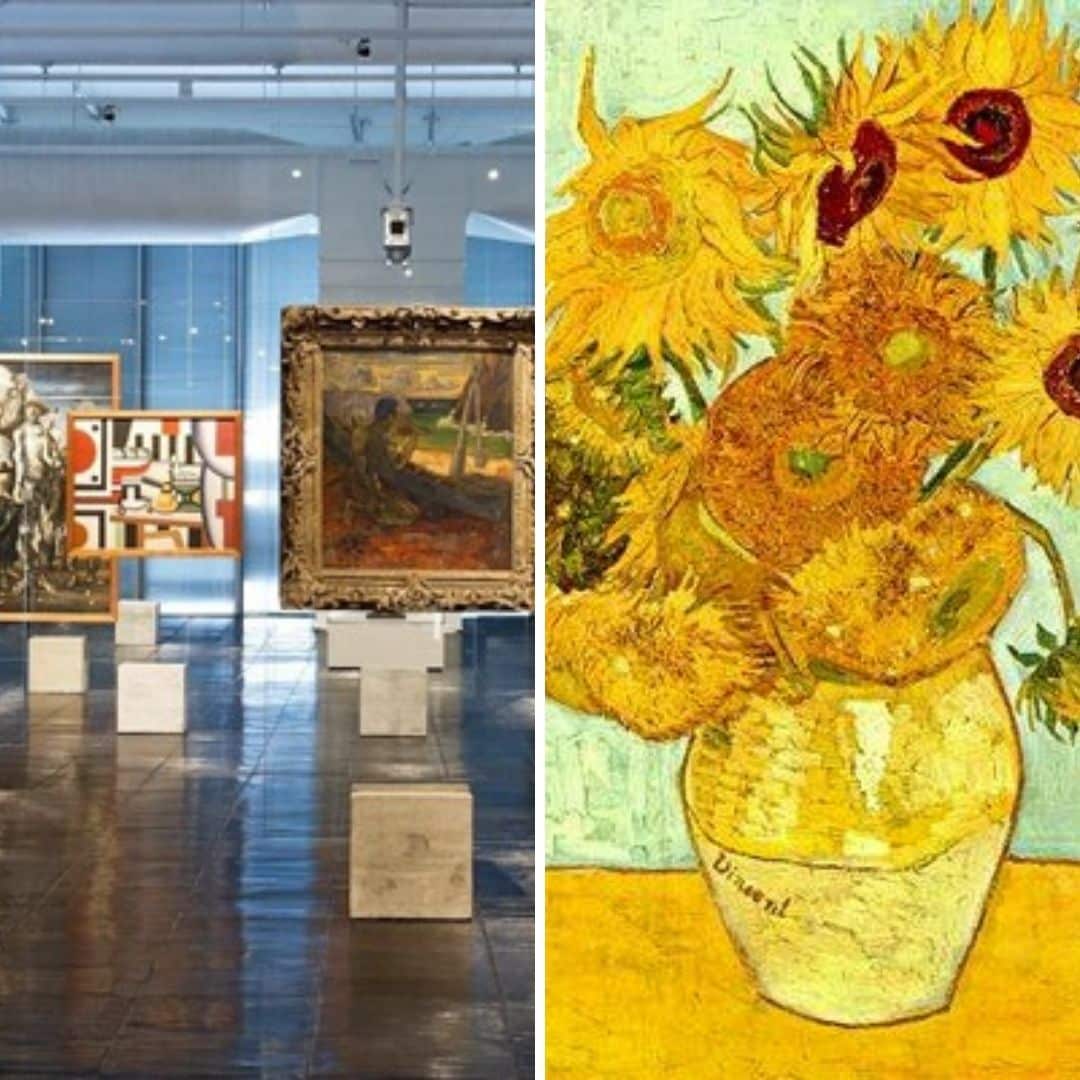
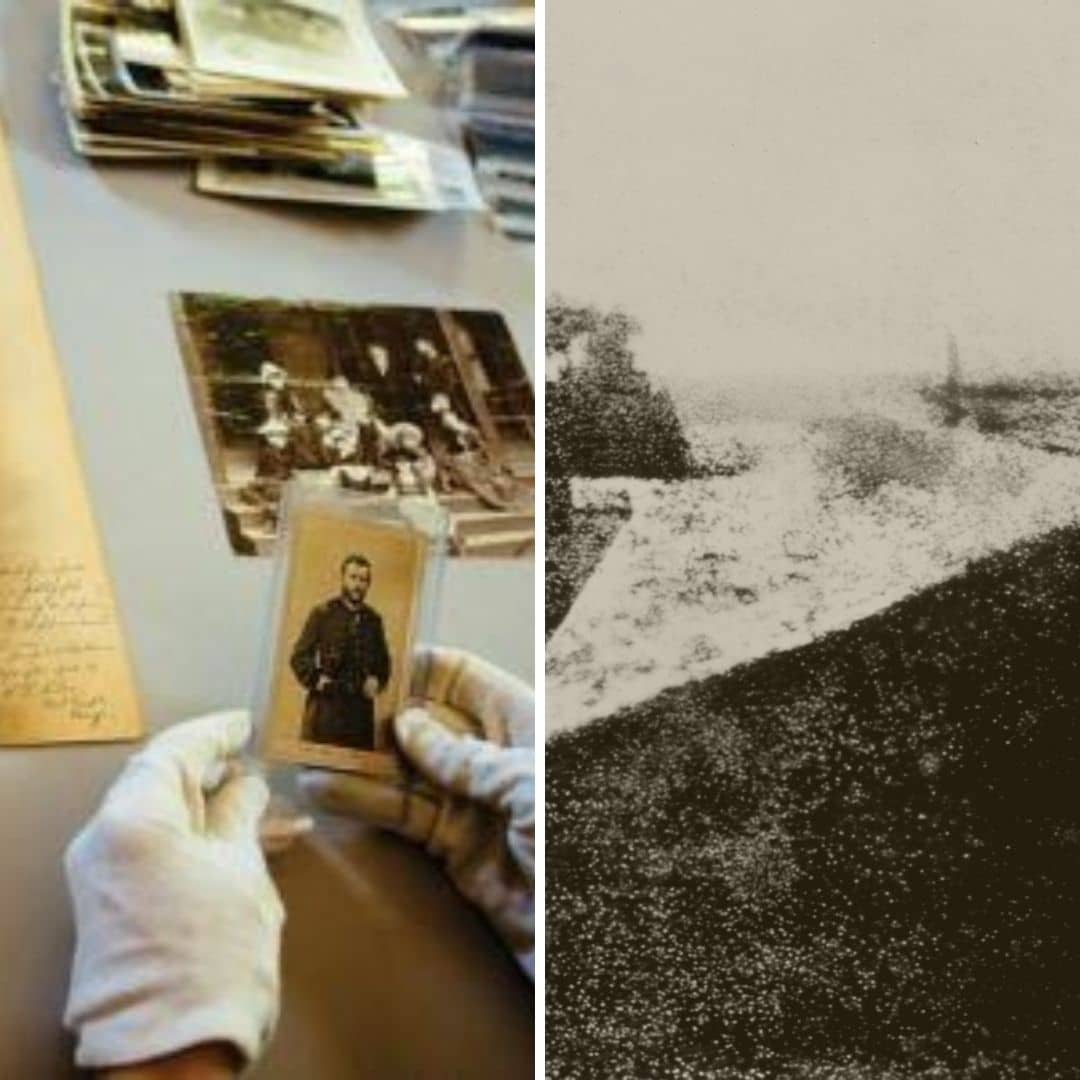
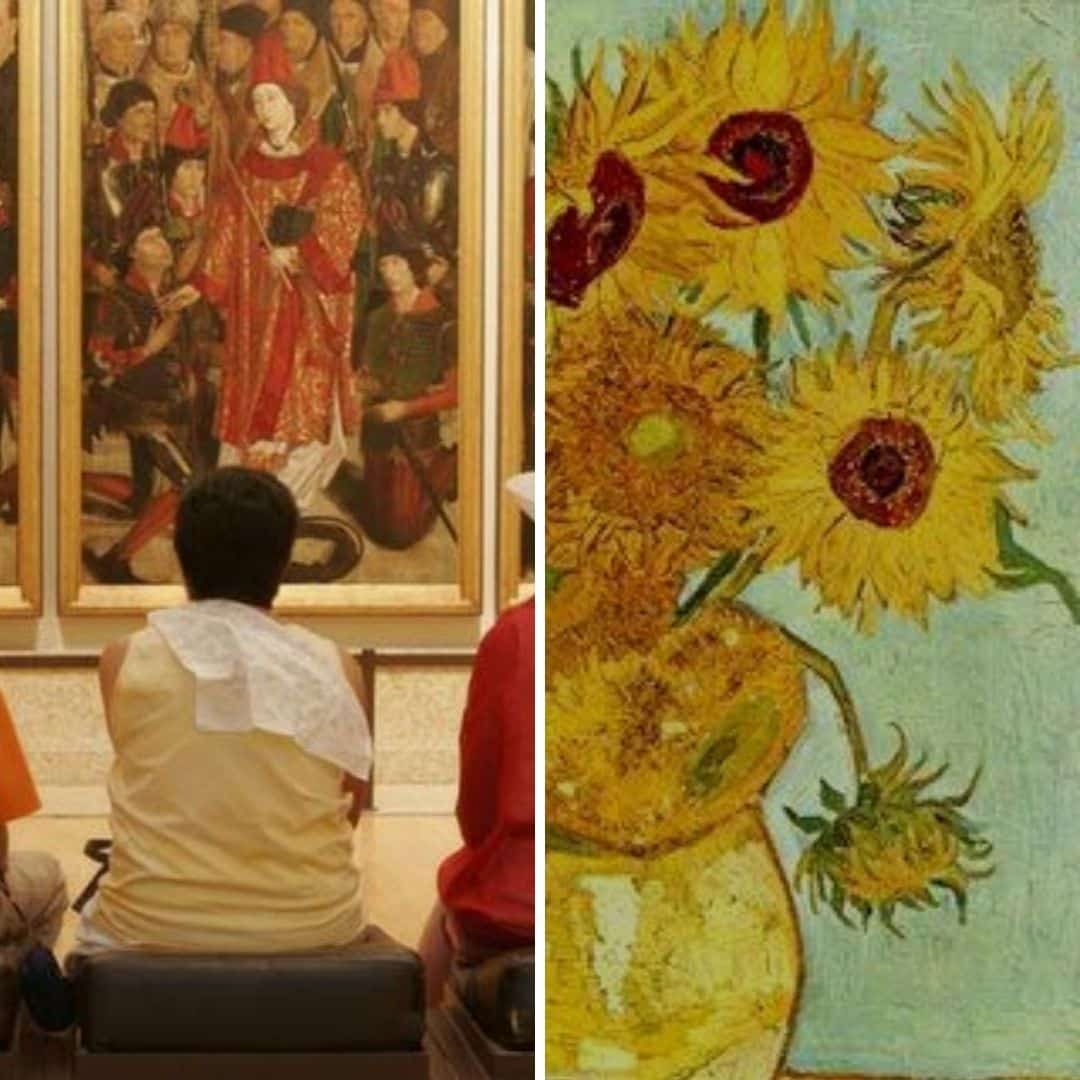
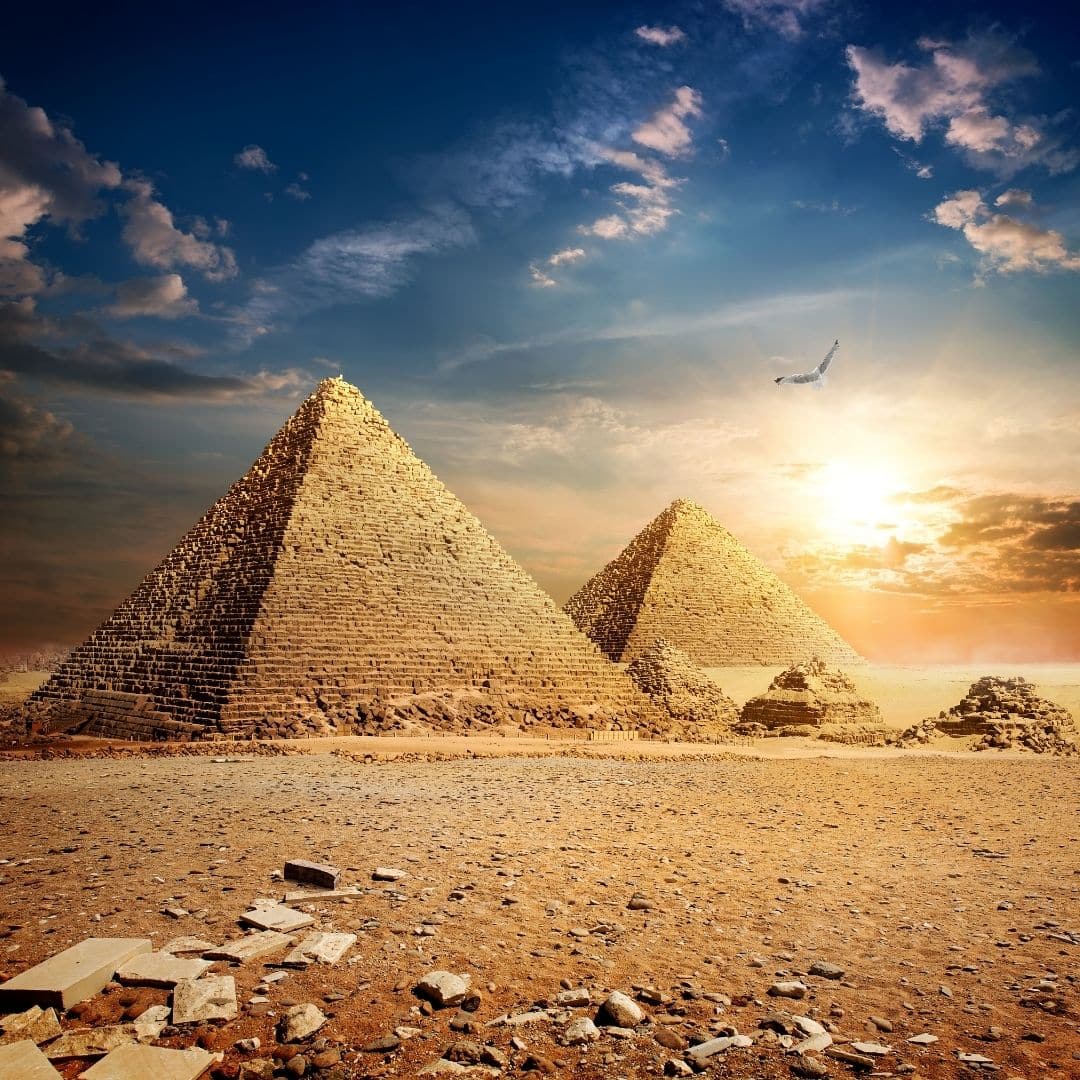
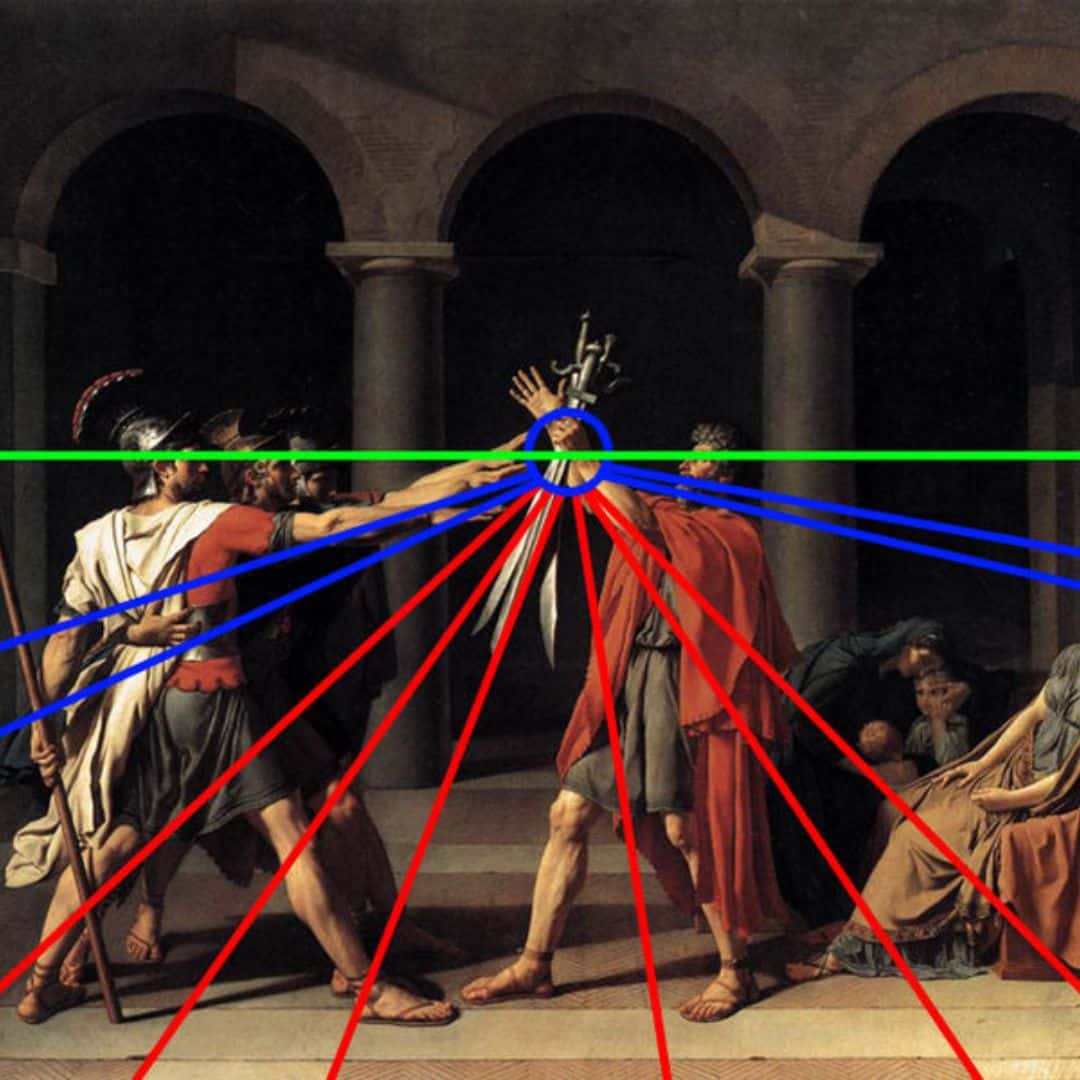
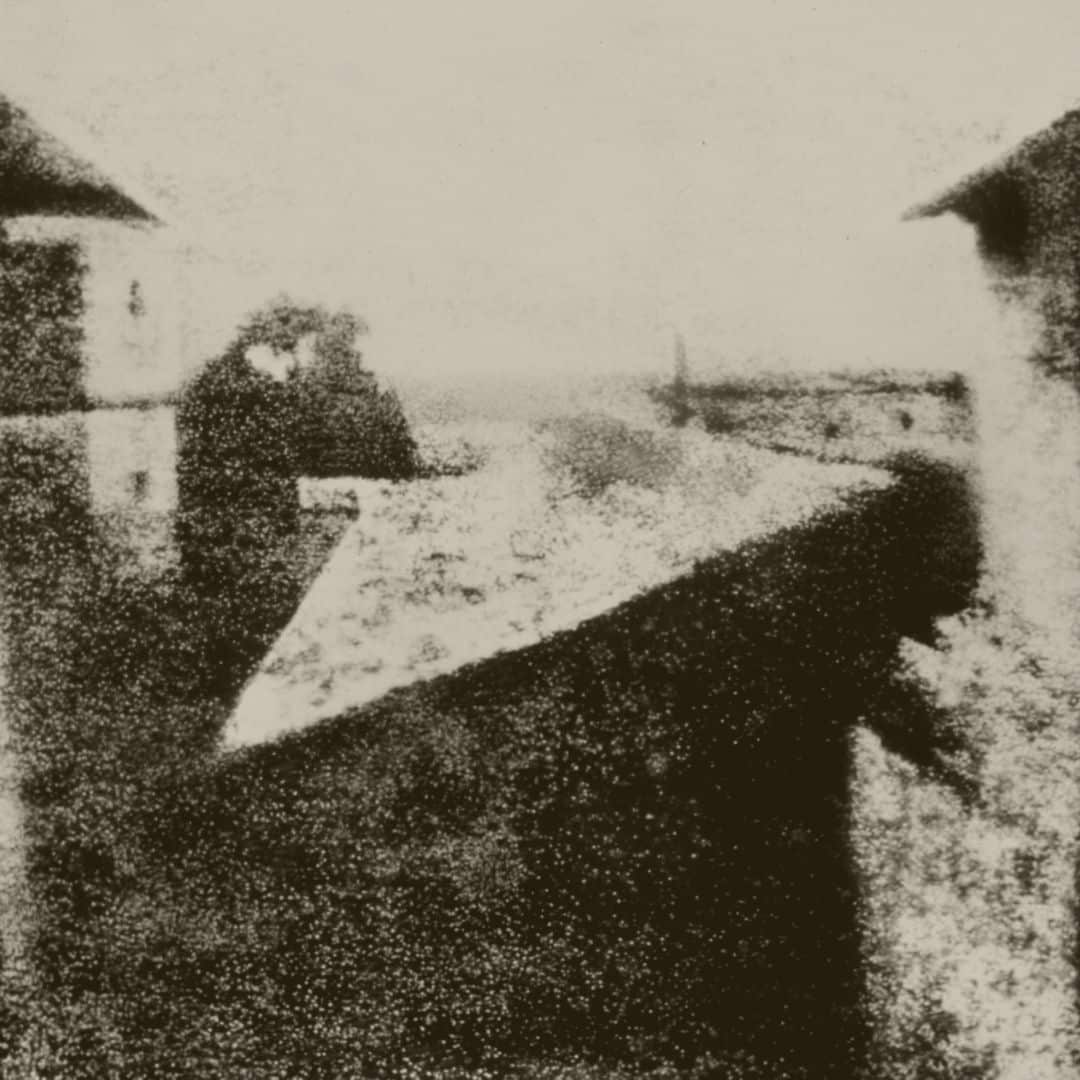
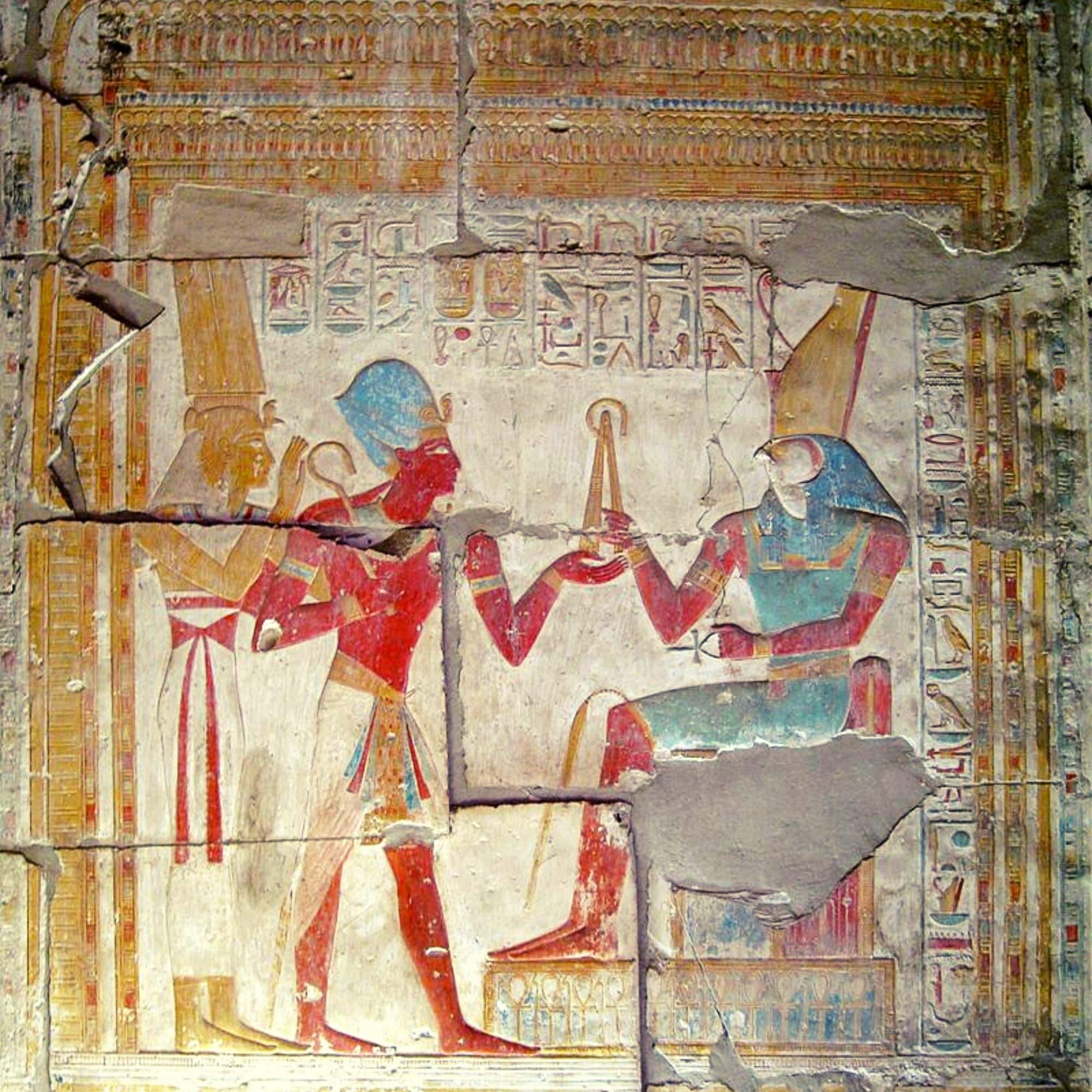
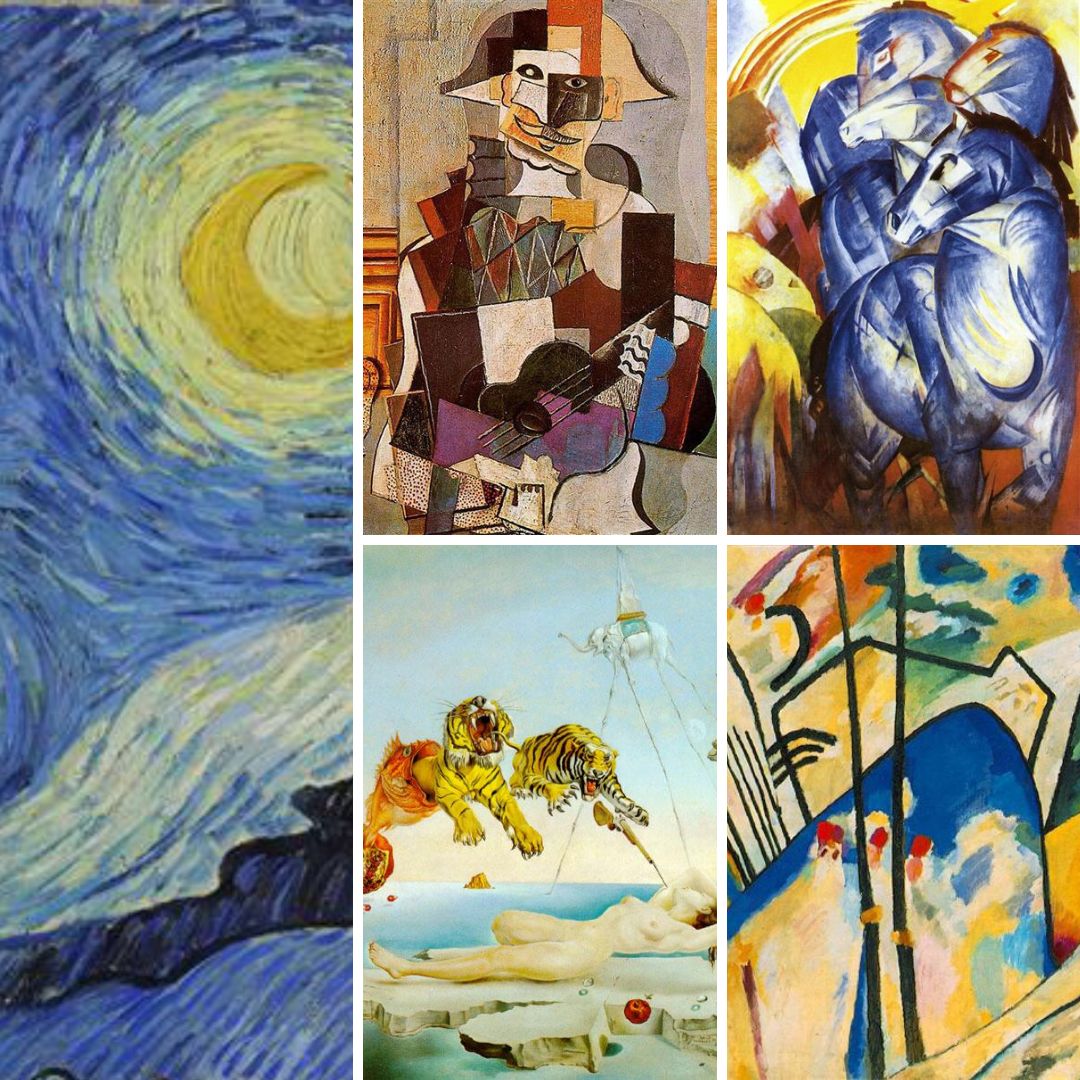
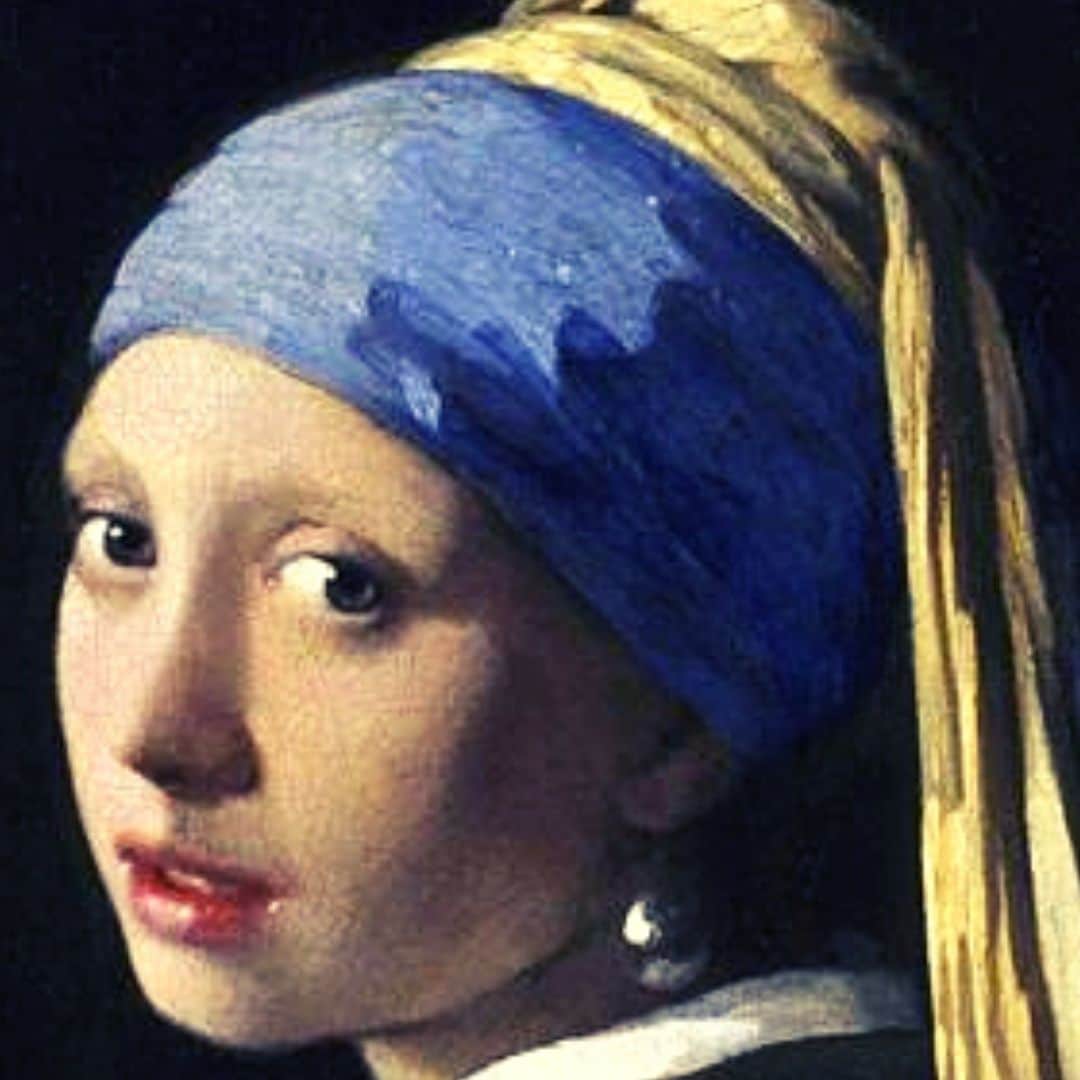

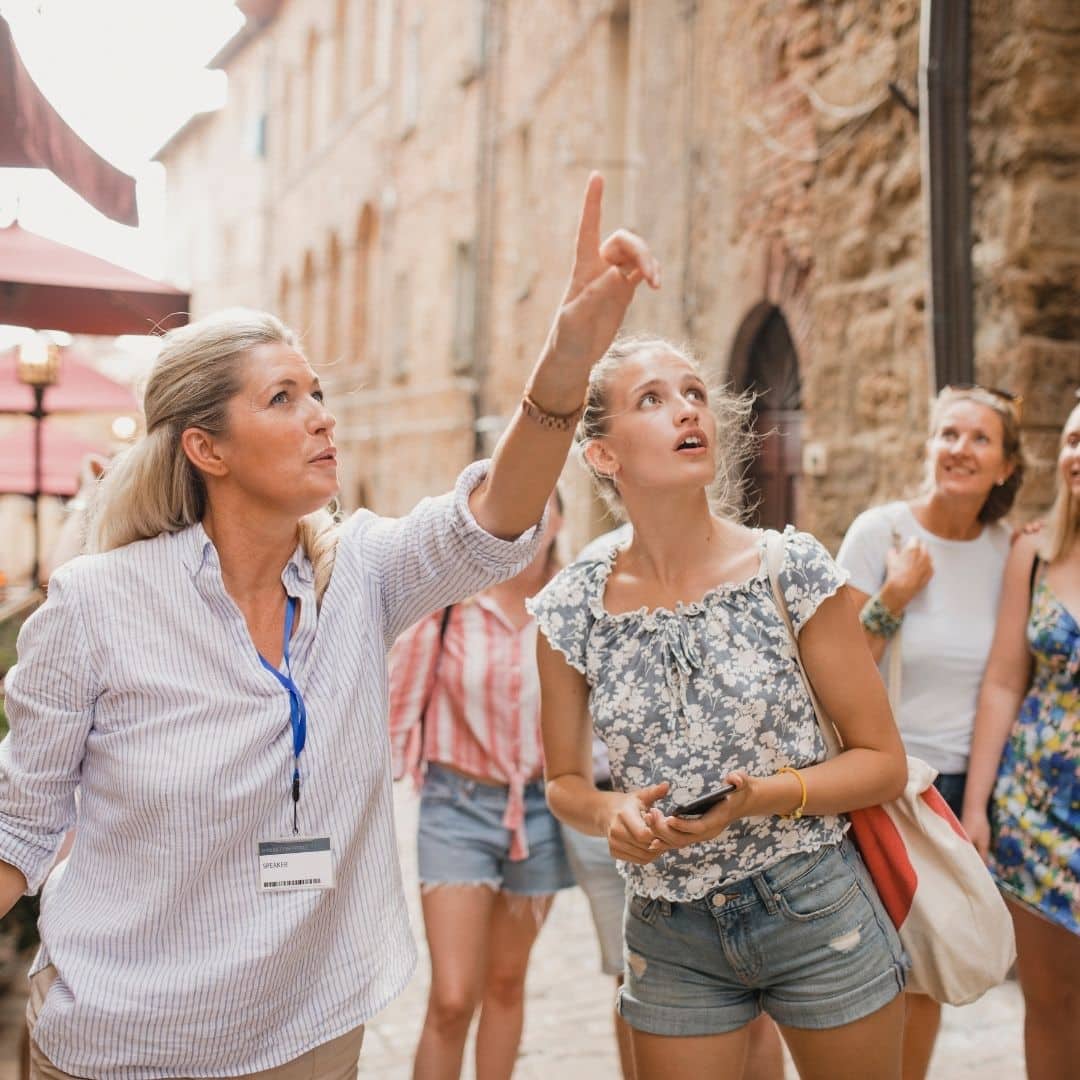
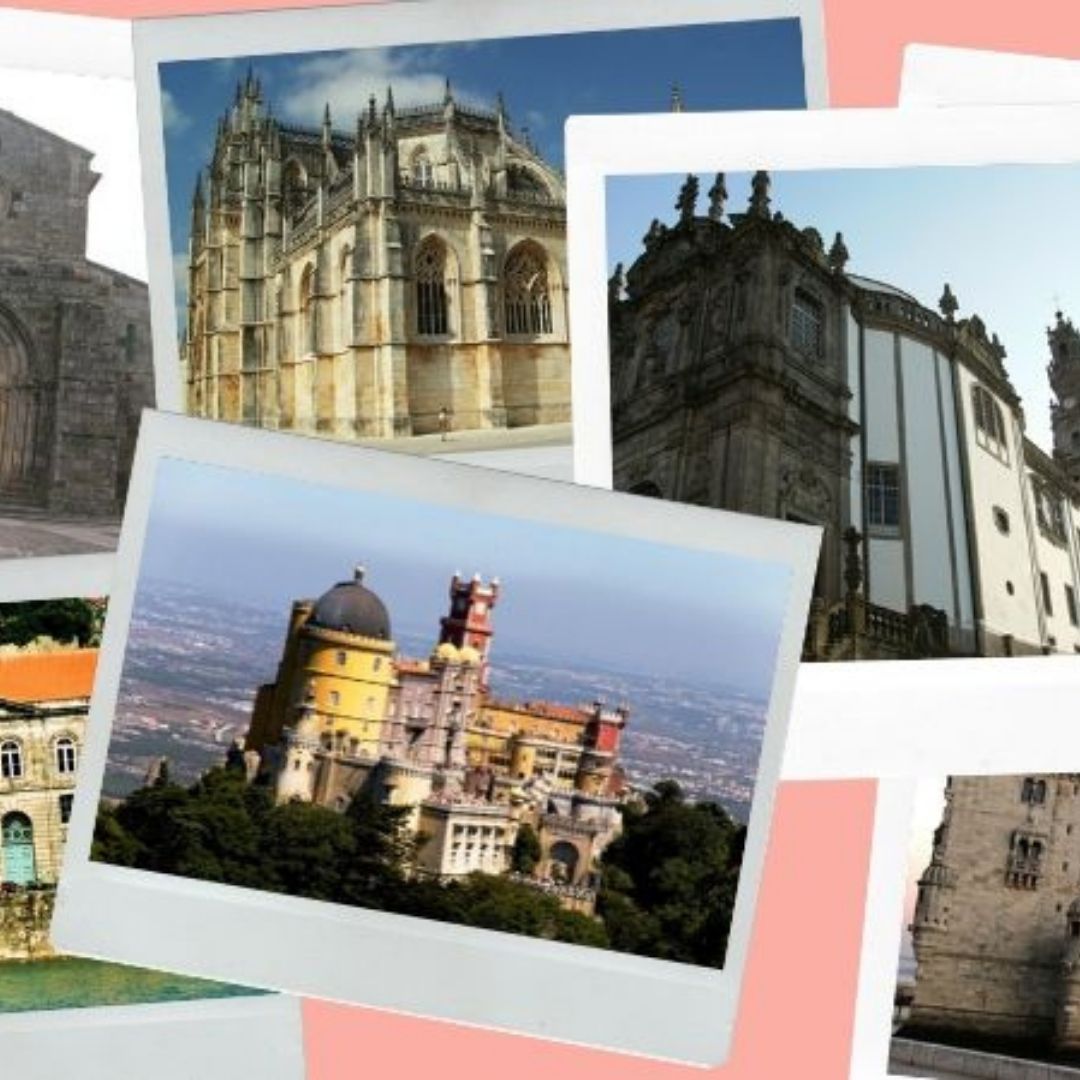


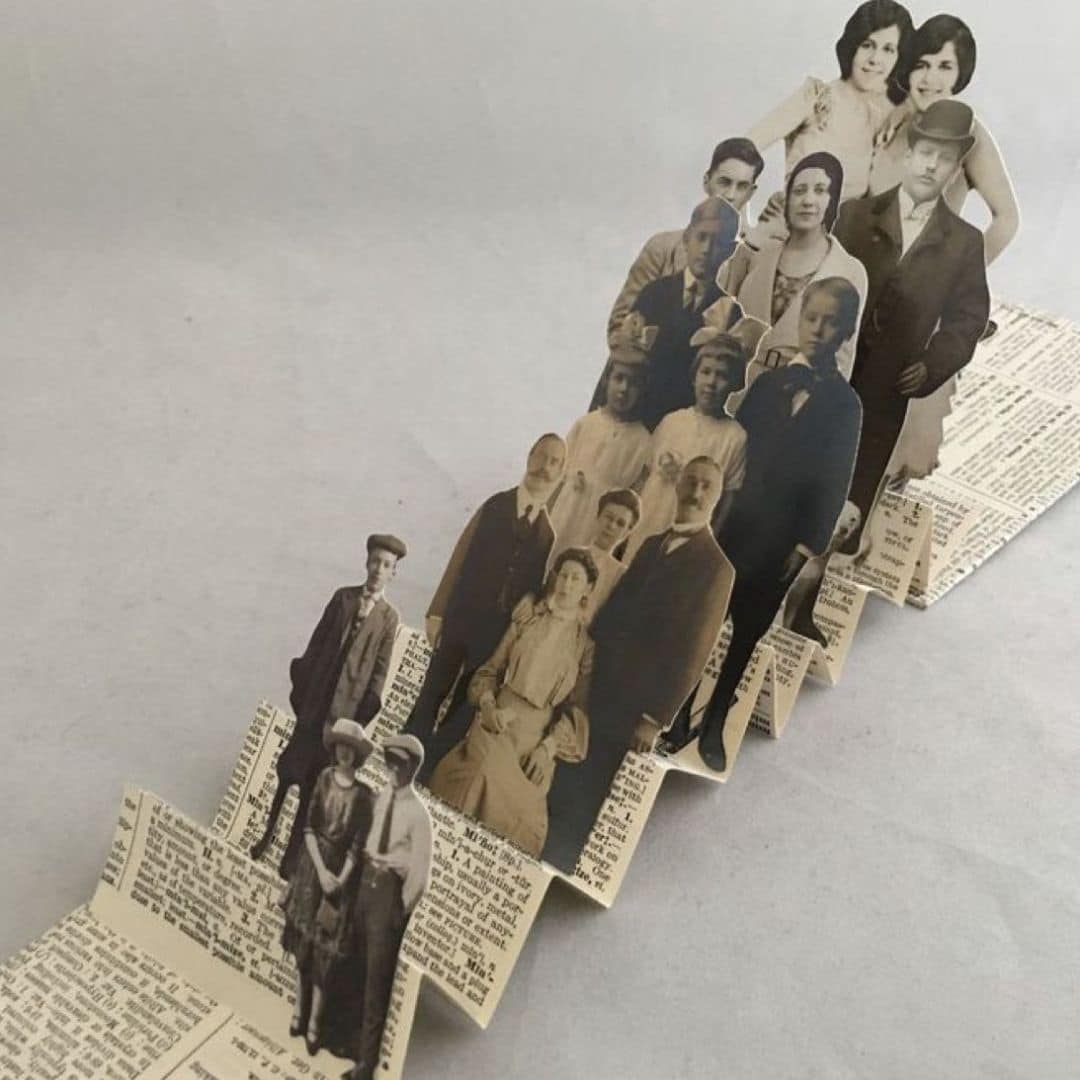
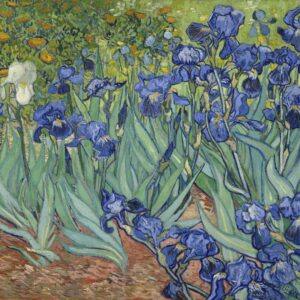
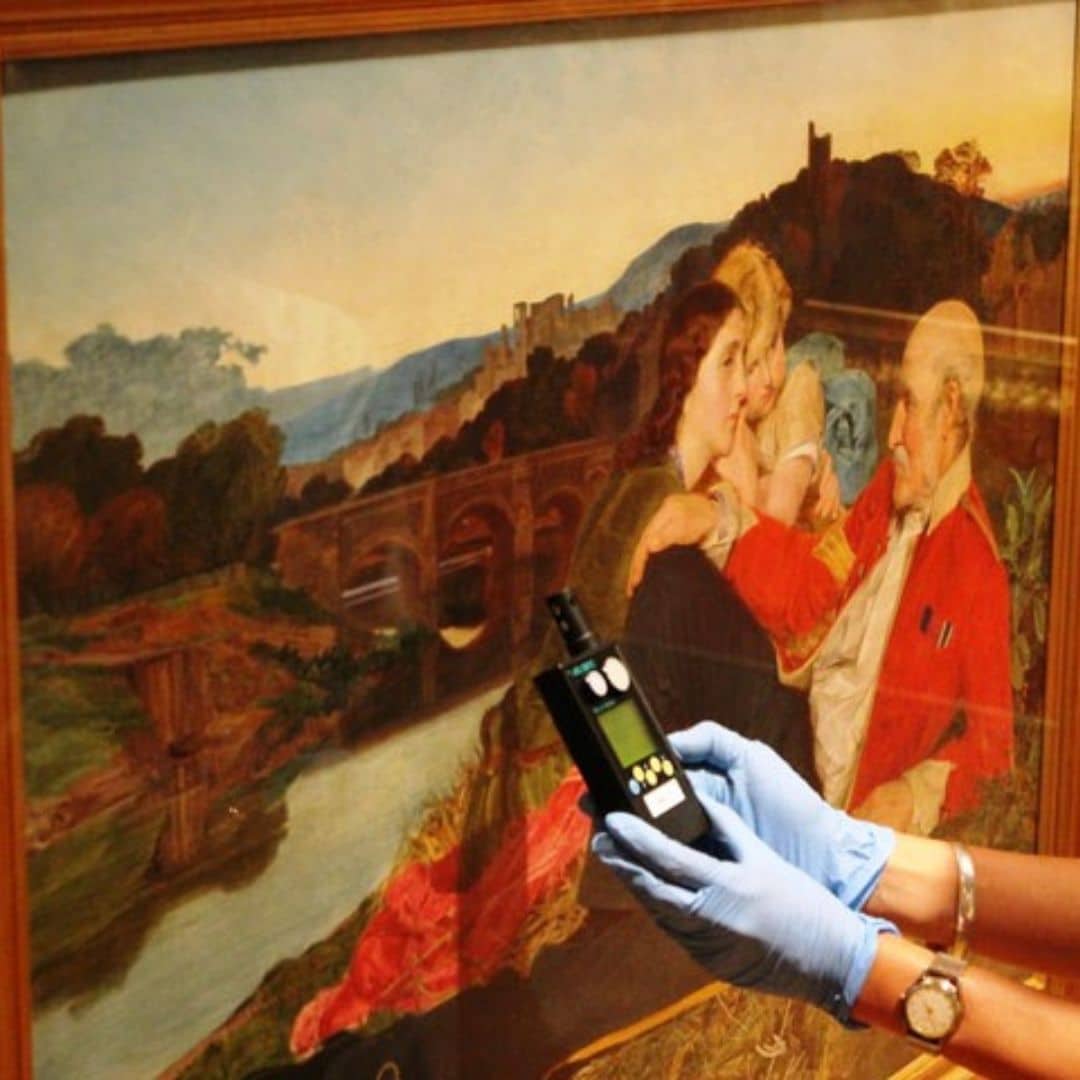
4 Comments.
Hi my friend! I wish to say that this article is awesome, nice written and include approximately all significant infos. I’d like to see more posts like this.
Everyone loves it when individuals come together and share opinions. Great blog, stick with it!
Glad to be one of many visitants on this awe inspiring site : D.
I used to be very happy to find this net-site.I needed to thanks for your time for this glorious learn!! I undoubtedly having fun with every little bit of it and I’ve you bookmarked to take a look at new stuff you blog post.